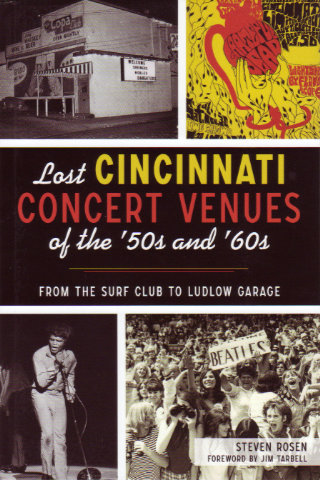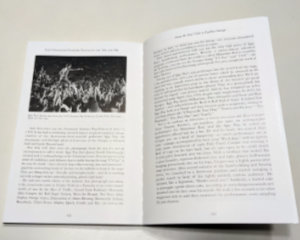 Greg Hand has been a man of letters — or at least a man of words — his entire adult life. He began as a newspaper reporter, moved up to editor, left to head up a university PR department, co-authored three books about the university while he was there, then retired. I was not even slightly aware of any of this as it was happening. I only became aware of Hand’s existence when I stumbled upon the blog he started post-retirement. His knowledge of local history and ability to dig up information to augment that knowledge was immediately apparent and I’ve been an ardent reader of that blog ever since that happy discovery. The blog’s name is Cincinnati Curiosities and it can be found here. That the blog would lead to a book by the same name seems pretty natural.
Greg Hand has been a man of letters — or at least a man of words — his entire adult life. He began as a newspaper reporter, moved up to editor, left to head up a university PR department, co-authored three books about the university while he was there, then retired. I was not even slightly aware of any of this as it was happening. I only became aware of Hand’s existence when I stumbled upon the blog he started post-retirement. His knowledge of local history and ability to dig up information to augment that knowledge was immediately apparent and I’ve been an ardent reader of that blog ever since that happy discovery. The blog’s name is Cincinnati Curiosities and it can be found here. That the blog would lead to a book by the same name seems pretty natural.
The book borrows more than its name from the blog. I recognize some of the book’s subjects from the blog and I suppose it’s possible that all have appeared there although I don’t believe that’s the case. Of course, there is a good chance that any topics appearing for the first time in the book will show up in the blog sometime in the future.
Cincinnati Curiosities (the book) begins with a definition of Cincinnati taken from Urban Dictionary. When I visited the source, I discovered that the definition was just one of more than forty that individuals have contributed. Most are simply excuses for hurling insults rife with misspellings and such but a few, including the one that Hand chose, make some attempt at being insightful. The Hand-picked quote begins, “A pleasantly bland and annoyingly conservative city…” Although there are some that disagree, I believe that’s a fair representation of the view that most non-residents (and many residents) have of Cincinnati. Hand goes so far as to state that, “We deserve this reputation.” Then, after agreeing that Cincinnati’s “bland” reputation is probably justified, he proceeds to show us that it wasn’t always so.
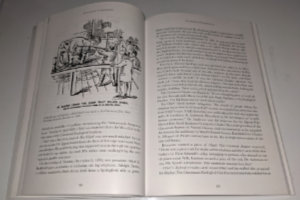 In fact, later in the book, Hand offers another very different capsulated view of the city. On December 12, 1890, he tells us, “The Palace Hotel had elephant steak on the menu because an elephant was executed by firing squad that morning at the Cincinnati Zoo. Hundreds of people watched. That pretty much summarizes Cincinnati in 1890.”
In fact, later in the book, Hand offers another very different capsulated view of the city. On December 12, 1890, he tells us, “The Palace Hotel had elephant steak on the menu because an elephant was executed by firing squad that morning at the Cincinnati Zoo. Hundreds of people watched. That pretty much summarizes Cincinnati in 1890.”
The book is not just some blog posts strung together. There are, in my opinion, two big differences between blog and book. One is simply the physical difference between holding a book and flipping through pages versus scrolling through items on a screen. The second is grouping. The book organizes the writings in groups so that a subject can be looked at from multiple angles or related stories can be read as a collection. The previous comment about the well-attended elephant shooting begins the chapter titled “The Sensational and the Senseless”. In addition to the tale of a pachyderm’s public demise, the chapter tells of the zoo’s annual Butcher’s Day, people leaping from bridges for profit, musclemen demonstrating feats of strength, and other assorted entertainments.
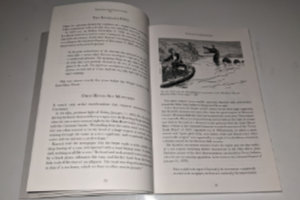 “The Sensational and the Senseless” is the fourth of ten chapters. Other chapters tell of monsters in the Ohio River (“The Old Weird Cincinnati”), Fanny Trollope’s visit during the “Porkoplis” period (“Tales From the Old City”), the possibility that striptease was invented in Cincinnati (“Freaks, Flesh, and Footlights”), and a large variety of other topics. The striptease claim is based on Millie De Leon’s orchestrated removal of several garters in 1901, and Hand cites the claim in suggesting that a Striptease Hall of Fame might be an “appropriate addition to our Over-the-Rhine neighborhood”.
“The Sensational and the Senseless” is the fourth of ten chapters. Other chapters tell of monsters in the Ohio River (“The Old Weird Cincinnati”), Fanny Trollope’s visit during the “Porkoplis” period (“Tales From the Old City”), the possibility that striptease was invented in Cincinnati (“Freaks, Flesh, and Footlights”), and a large variety of other topics. The striptease claim is based on Millie De Leon’s orchestrated removal of several garters in 1901, and Hand cites the claim in suggesting that a Striptease Hall of Fame might be an “appropriate addition to our Over-the-Rhine neighborhood”.
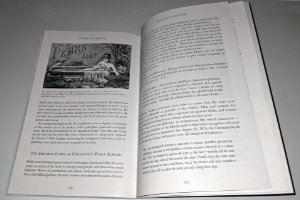 Hand’s usually light-hearted reports are often accompanied by contemporary illustrations. At left is a Pears Soap advertisement based on Lillie Langtry’s famous bath in Apollinaris water at Cincinnati’s Grand Hotel in 1883. It’s in the chapter titled “Nudity, Naughtness, and Negotiable Affection”, and if that doesn’t get you interested in the book I don’t know what will.
Hand’s usually light-hearted reports are often accompanied by contemporary illustrations. At left is a Pears Soap advertisement based on Lillie Langtry’s famous bath in Apollinaris water at Cincinnati’s Grand Hotel in 1883. It’s in the chapter titled “Nudity, Naughtness, and Negotiable Affection”, and if that doesn’t get you interested in the book I don’t know what will.
In addition to authoring this book and the aforementioned blog, Mr. Hand is a founder and mainstay of Stand-Up History which I reported on here. His stand-up presentations typically also fit in the Cincinnati Curiosities category. In a wonderful coincidence, the troupe is appearing at Muse Cafe on the same day that this review is being published. In a not-wonderful coincidence, I am committed to doing something else at the exact same time. Happily (for you, not me), my absence will mean more room for attendees. There is more info here.
Cincinnati Curiosities: Healing Powers of the Wamsley Madstone, Nocturnal Exploits of Old Man Dead, Mazeppa’s Naked Ride & More, Greg Hand, The History Press (November 14, 2022), 6 x 9 inches, 160 pages, ISBN 978-1467152822
Available through Amazon.

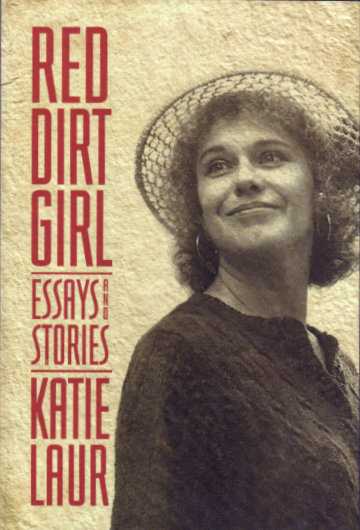 This was one of the most flat-out enjoyable reads I’ve had in a long time. I have seen Katie perform many times, heard her talk on the radio several times, and even chatted with her personally a few times. I knew her as a talented musician and entertaining storyteller but I did not know her as a writer. Others, it seems, have been aware of Laur’s writing skills for some time. It’s my impression that nothing other than the foreword, an introduction, and Katie’s acknowledgments was written specifically for this book. In one of the book’s essays, Katie talks of selling her writing and says she sold everything she wrote. From that, I assume that each of the essays and stories that make up Red Dirt Girl has previously appeared in print somewhere. Where I don’t know and regret that where ever it was, it was outside my field of vision. That I am only now seeing the literary side of Katie is very much my loss. This gal can write.
This was one of the most flat-out enjoyable reads I’ve had in a long time. I have seen Katie perform many times, heard her talk on the radio several times, and even chatted with her personally a few times. I knew her as a talented musician and entertaining storyteller but I did not know her as a writer. Others, it seems, have been aware of Laur’s writing skills for some time. It’s my impression that nothing other than the foreword, an introduction, and Katie’s acknowledgments was written specifically for this book. In one of the book’s essays, Katie talks of selling her writing and says she sold everything she wrote. From that, I assume that each of the essays and stories that make up Red Dirt Girl has previously appeared in print somewhere. Where I don’t know and regret that where ever it was, it was outside my field of vision. That I am only now seeing the literary side of Katie is very much my loss. This gal can write.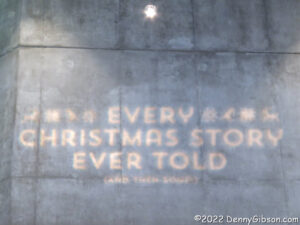
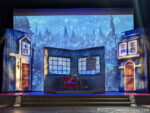
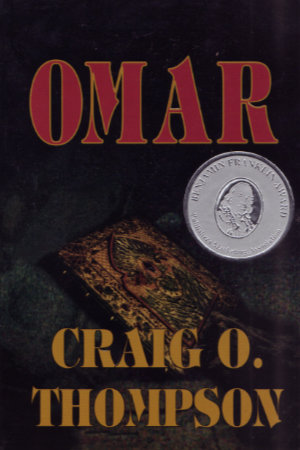 This makes two consecutive book reviews that are seriously belated and that’s hardly their only connection. I wasn’t even aware of either the book or its author when I arrived at the 2022 Lincoln Highway Association conference but, John Jackson, co-author of
This makes two consecutive book reviews that are seriously belated and that’s hardly their only connection. I wasn’t even aware of either the book or its author when I arrived at the 2022 Lincoln Highway Association conference but, John Jackson, co-author of 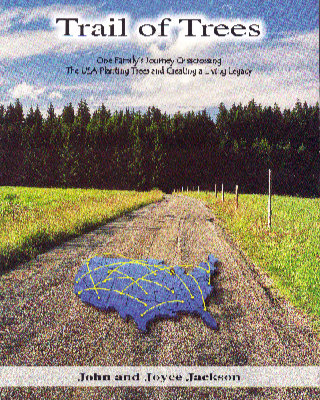

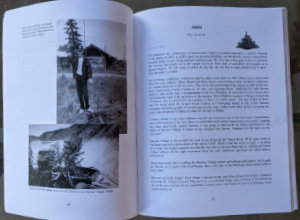
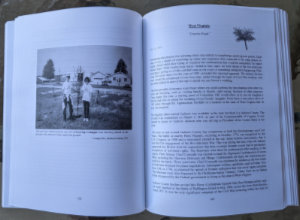
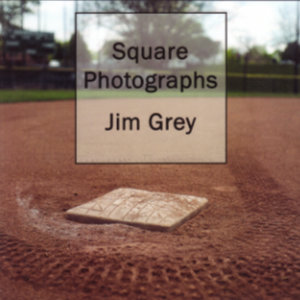
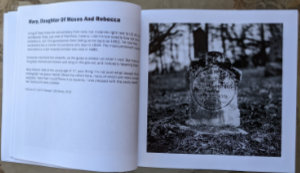
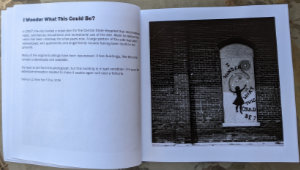
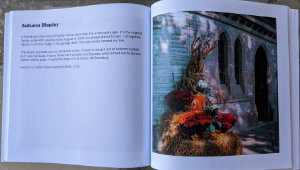
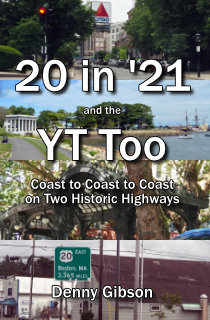 Missed it by that much. I had this really great idea for a book title, and even figured out the story that would fit it. I would drive one way across the country on the Yellowstone Trail and the other way on US 20. I would do this in the year 2020, and the resulting travelogue would be perfectly described by that catchy title: 20 in ’20 and the YT Too. But COVID-19 played havoc with 2020 travel plans and the wonderful title’s “best if used by” date came and went. I made the planned trip a year later and adjusted the title appropriately. It’s admittedly not quite the same but it’s not horrible. Is it? Well?
Missed it by that much. I had this really great idea for a book title, and even figured out the story that would fit it. I would drive one way across the country on the Yellowstone Trail and the other way on US 20. I would do this in the year 2020, and the resulting travelogue would be perfectly described by that catchy title: 20 in ’20 and the YT Too. But COVID-19 played havoc with 2020 travel plans and the wonderful title’s “best if used by” date came and went. I made the planned trip a year later and adjusted the title appropriately. It’s admittedly not quite the same but it’s not horrible. Is it? Well? This post is a direct violation of one of the claims made on this blog’s “About” page. There the claim is made that “You will not be seeing a review of the latest novel…”. I suppose I could claim that, at the time of this review, The Lincoln Highway: A Novel is no longer the absolute latest novel, but the fact that it is a “#1 New York Times Best Seller” means it is precisely the sort of mainstream major publisher offering I had in mind when I made that claim. My primary defense is that I was tricked into reading it. Realizing that not everyone will see that as a legitimate justification, I will try to minimize the impact of the violation by not doing a very good job.
This post is a direct violation of one of the claims made on this blog’s “About” page. There the claim is made that “You will not be seeing a review of the latest novel…”. I suppose I could claim that, at the time of this review, The Lincoln Highway: A Novel is no longer the absolute latest novel, but the fact that it is a “#1 New York Times Best Seller” means it is precisely the sort of mainstream major publisher offering I had in mind when I made that claim. My primary defense is that I was tricked into reading it. Realizing that not everyone will see that as a legitimate justification, I will try to minimize the impact of the violation by not doing a very good job. I got this book from Billy on May 7, 2015. I finished reading it on March 15, 2022. It is, as Billy himself admits and my elapsed reading time confirms, “a difficult read”. “Most people,” he says, “have understandably given up on it.” I was determined not to be like most people — no matter how long it took.
I got this book from Billy on May 7, 2015. I finished reading it on March 15, 2022. It is, as Billy himself admits and my elapsed reading time confirms, “a difficult read”. “Most people,” he says, “have understandably given up on it.” I was determined not to be like most people — no matter how long it took.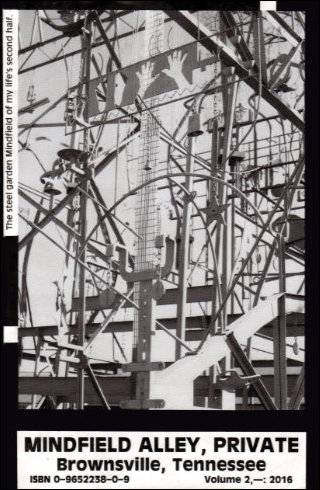 The book has been called a semi-autobiographical novel. According to Billy, it tells about his early life. “The best story I can tell in words is there if one really wants to know it”, he says. The writing style has been called stream of consciousness. In some manner, “stream of consciousness” and “semi-autobiographical” might also apply to the giant metal sculpture that is his life work. Its picture is on the book’s back cover. It is what initially made me and most others aware of Billy’s existence. When I first happened upon the sculpture in 2005, I thought its name, “Billy Tripp’s Mindfield”, might have been the title of a misplaced Beatles song, and learning that William Blevins Tripp is the artist’s real name has not entirely erased that image.
The book has been called a semi-autobiographical novel. According to Billy, it tells about his early life. “The best story I can tell in words is there if one really wants to know it”, he says. The writing style has been called stream of consciousness. In some manner, “stream of consciousness” and “semi-autobiographical” might also apply to the giant metal sculpture that is his life work. Its picture is on the book’s back cover. It is what initially made me and most others aware of Billy’s existence. When I first happened upon the sculpture in 2005, I thought its name, “Billy Tripp’s Mindfield”, might have been the title of a misplaced Beatles song, and learning that William Blevins Tripp is the artist’s real name has not entirely erased that image.